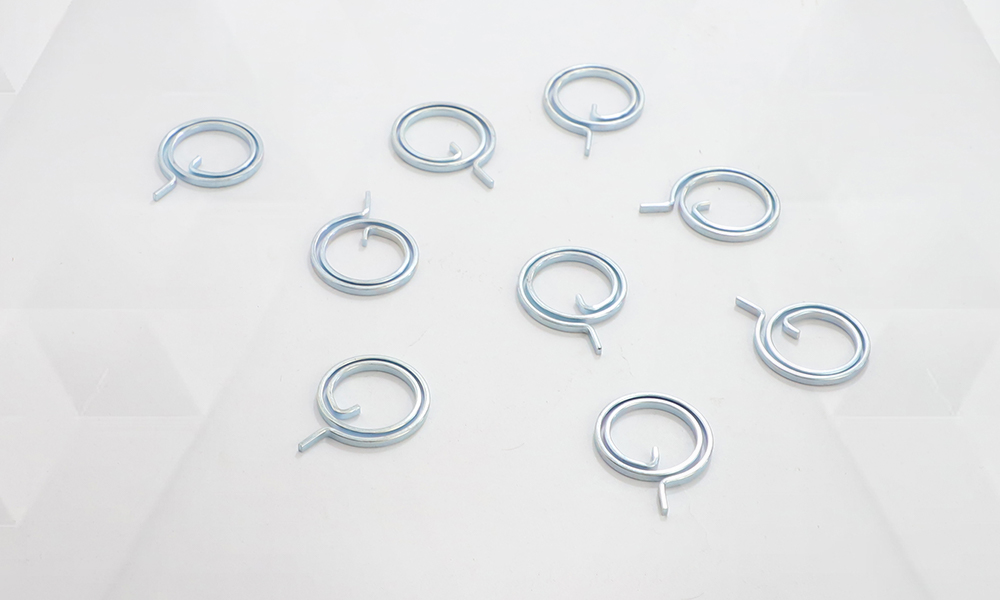




Wire Forms: Multifaceted Parts Driving Innovation in Multiple Industries
In contemporary manufacturing and engineering, flexibility and accuracy are essential. Of the numerous parts that enable these virtues, wire forms are a standout in their versatility and uses across numerous industries. From plain hooks and clips to intricate springs and bespoke shapes, wire forms are engineered to serve particular functions while being durable and flexible. The fact that they can assume multiple shapes makes them a necessary component in products and processes from consumer products to industrial equipment.
What Are Wire Forms?
Wire forms are parts made by shaping wire into different geometries to fulfill special functions. In contrast to standardized fasteners or solid machine components, wire forms are very versatile, allowing them to adjust to particular design specifications. Such flexibility makes them a good fit for industries that require creativity, strength, and accuracy in small forms.
Some of the wire form examples are:
1.Springs used to store and release energy.
2.Hooks and clips to hold or fasten.
3.Special shapes designed for special mechanical or structural requirements.
Their versatility is not only in their utility but also in the range of materials and finishes available to be put on them to accommodate various environments and usages.
Materials Utilized in Wire Forms
The functionality of a wire form relies heavily on what it is made of. The different types of wire materials have unique advantages suited to particular applications:
By choosing the correct material, manufacturers can be assured that wire forms provide maximum performance in their specified uses.
Finishes for Improved Performance
Wire forms are sometimes subjected to harsh environments, where surface protection is equally as crucial as structural strength. Using the proper finish improves durability and cosmetics while prolonging the life of the component. Standard finishes are:
A.Zinc Plating: Deposits a protective coating that shields against rust, and is widely used for general purposes with requirements for longevity.
B.Galvanizing: Offers higher corrosion protection, especially for outdoor or harsh environments.
C.Powder Coating: Provides a hard and esthetically pleasing surface that resists wear, chemicals, and the environment.
D.Black Oxide: Produces a sharp, non-reflective surface while offering moderate corrosion protection, commonly selected for appearance or utilitarian purposes.
E.Passivation: Strengthens the natural oxide layer on stainless steel, boosting corrosion resistance and retaining the material's clean, polished look.
Proper finish not only protects wire forms but also prevents them from losing their performance and visual integrity over time.
Applications Across Industries
The precision versatility of wire forms enables them to be utilized across a vast array of industries. Some typical applications are:
1.Automotive: Implemented in clips, fasteners, and springs to fasten parts and improve vehicle performance.
2.Medical Devices: Wire forms precision-engineered are utilized in surgical instruments, diagnostic instruments, and support elements.
3.Consumer Goods: Daily products, ranging from home appliances to electronics, use wire forms to provide functionality and durability.
4.Industrial Machinery: Wire forms provide heavy-duty applications such as part fastening, tension management, and load-bearing functions.
5.Aerospace: Light Models with high strength wire forms are applied in aircraft applications where reliability and performance are paramount.
Their versatility guarantees that wire forms keep up with the development of technologies, addressing the specific demands of contemporary industries.
Why Wire Forms Matter
Wire forms can appear to be nothing more than easy components, but they represent the essence of engineering ingenuity. Their capacity to be tailored into an infinite variety of shapes makes them effective at solving problems, while the variety of materials and finishes guarantees longevity in diverse environments. In a lot of respects, wire forms are the unseen heroes of the smooth operation of intricate systems.
CONTACT DETAILS
If you have any questions or need help, feel free to contact with our team.
Send Us Email:
crystalindjam@yahoo.com
Call Us Today:
+91 9427767919